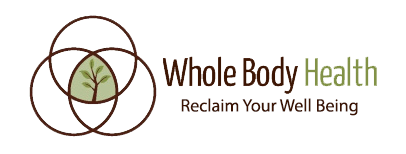A study published on March 2 by The Lancet Neurology shows that Acupuncture is as effective as drugs for treating migraines.
German researchers treated over 900 patients with either standard drugs, traditional Chinese acupuncture or sham acupuncture.
There were 313 patients in the group receiving traditional Chinese acupuncture, which includes compulsory points plus additional ones chosen by the physician. Drug prophylaxis was the treatment for 308 patients which including beta-blockers, Sibelium (flunarizine), and valproic acid. The sham acupuncture group consisted of 339 patients and the prescription of points was given at non-traditional Chinese needling points.
The study was conducted over 6 weeks with patients receiving 10 sessions of acupuncture or continuous drug prophylaxis.
The researchers then returned to the patients between 23 and 26 weeks later and checked on whether they had been “migraine free” for 50% of days.
It was found 47% of those receiving traditional acupuncture, 39% of those given sham acupuncture and 40% of those in the drug treatment group had been migraine-free for at least 50% of the time.
The researchers led by Dr Hans Christoph Diener of the University of Duisberg-Essen, said the results were surprising and the mechanisms unknown. They were therefore difficult to explain, he added.
“The most important result is that all three treatments were effective and that improvement in the number of migraine days was closely similar in all treatment groups,” said Diener.
Patients enrolled in the study had between two and six migraine attacks in four weeks, lasting four to 72 hours without acute medication or at least two hours with medication, the researchers said. In addition, two other migraine characteristics had to be met and at least one of the following: nausea, vomiting, or light or sound phobias.
Dr. Diener said that “A strength of the study is its large, randomized controlled design.” and he also made mention of the availability of highly competent physicians performing acupuncture.
Among limitations, he said, were that acupuncture was restricted to needling only, and that the number of treatments was limited to between 10 and 15. Also, a relatively high number of patients dropped out in the drug treatment group prior to receiving therapy, having originally expected to receive acupuncture.
The researchers were surprised at the results of the efficacy of sham acupuncture. Dr. Dieiner remarked “Ultimately, one could argue that the efficacy of treatment, especially a treatment with almost no adverse events or contraindications, is more important than the knowledge of the mechanism of action of this particular therapy,” and that “The decision whether acupuncture should be used in migraine prevention remains with the treating physician.”
